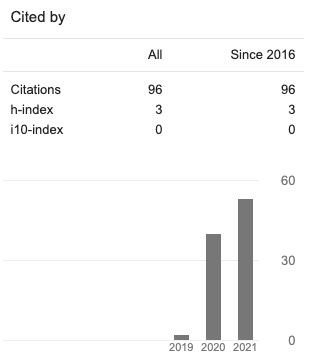Analysis Student's Critical Thinking Ability through the Application of the RADEC Model in Elementary School
Abstract
Critical thinking skills in students are a challenge that must be faced in the 21st century. In line with that, the government and education practitioners develop innovative learning to anticipate the needs and problems in the 21st century, the RADEC learning model can improve the quality of learning processes and outcomes that can encourage students to active, productive, and have critical thinking skills, this study aims to illustrate whether the RADEC learning model can improve the critical thinking skills of 5th graders at SDN Sukatinggal Kab Bandung, as many as 21 people. Data were analyzed using the qualitative descriptive method. Based on data analysis, the average critical thinking skill of students is 75.25%, in the high category, the interpretation aspect of 70.25% is in the medium category, the analytical aspect of 75.25% is in the high category, the input aspect is 80.00 % is in the high category, the evaluation aspect is 71.25% is in the high category, the explanation aspect is 73.20% is in the high category, and finally, the regulatory aspect is 80.25% is in the high category. The results of this study provide an overview of how the RADEC learning model can be used as a learning model that can improve the critical thinking skills of students at SDN Sukatinggal, Bandung Regency.
Copyright (c) 2022 Yuni Sri Rahayu , Udin Syaefudin Saud

This work is licensed under a Creative Commons Attribution 4.0 International License.















